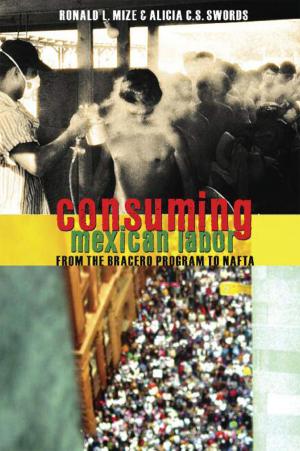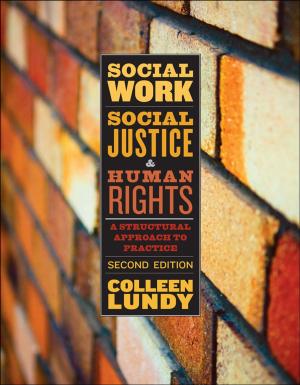Women and Gendered Violence in Canada
An Intersectional Approach
Nonfiction, Social & Cultural Studies, Social Science, Crimes & Criminals, Criminology, Gender Studies, Women&| Author: | Chris Bruckert, Tuulia Law | ISBN: | 9781442636163 |
| Publisher: | University of Toronto Press, Higher Education Division | Publication: | November 23, 2018 |
| Imprint: | Language: | English |
| Author: | Chris Bruckert, Tuulia Law |
| ISBN: | 9781442636163 |
| Publisher: | University of Toronto Press, Higher Education Division |
| Publication: | November 23, 2018 |
| Imprint: | |
| Language: | English |
Violence against women is usually framed as an issue of interpersonal violence perpetuated by men. While domestic violence and sexual assault are significant social problems, such a narrow framing obscures the diversity of women’s experience, fails to illuminate the role social structures play, and excludes discussions of workplace and state violence. By drawing on a range of theoretical traditions emerging from feminism, criminology, and sociology, Women and Gendered Violence in Canada significantly expands the conversation on violence against women.
The first section of the book develops the conceptual and contextual framework that informs the remainder of the text, and the following three sections are organized around types of victimization: interpersonal, labour site, and state. Each chapter ends with lists of suggested activities, and first person narratives are integrated throughout to personalize the material and issues being examined.
Violence against women is usually framed as an issue of interpersonal violence perpetuated by men. While domestic violence and sexual assault are significant social problems, such a narrow framing obscures the diversity of women’s experience, fails to illuminate the role social structures play, and excludes discussions of workplace and state violence. By drawing on a range of theoretical traditions emerging from feminism, criminology, and sociology, Women and Gendered Violence in Canada significantly expands the conversation on violence against women.
The first section of the book develops the conceptual and contextual framework that informs the remainder of the text, and the following three sections are organized around types of victimization: interpersonal, labour site, and state. Each chapter ends with lists of suggested activities, and first person narratives are integrated throughout to personalize the material and issues being examined.















